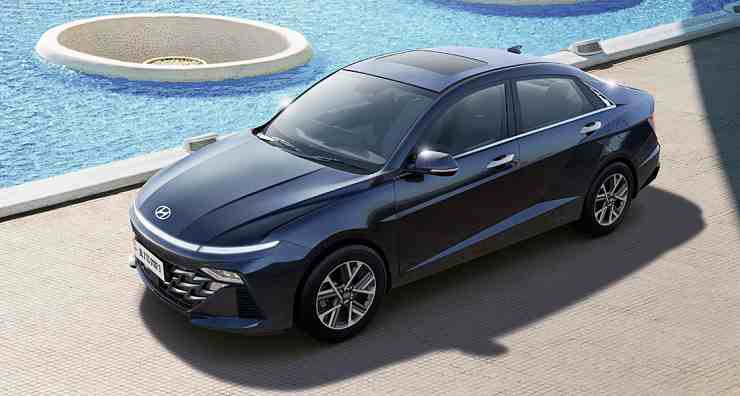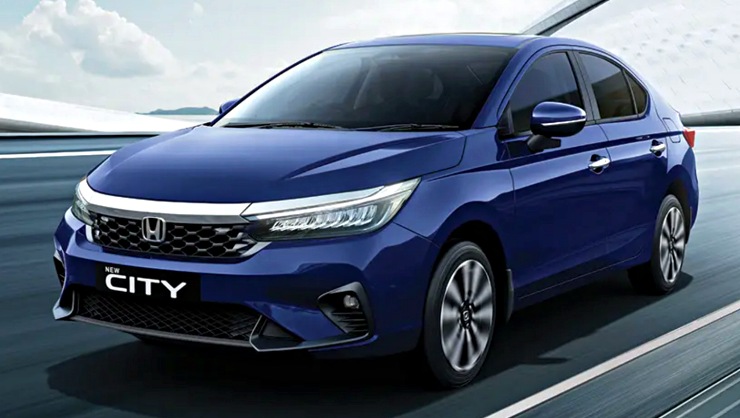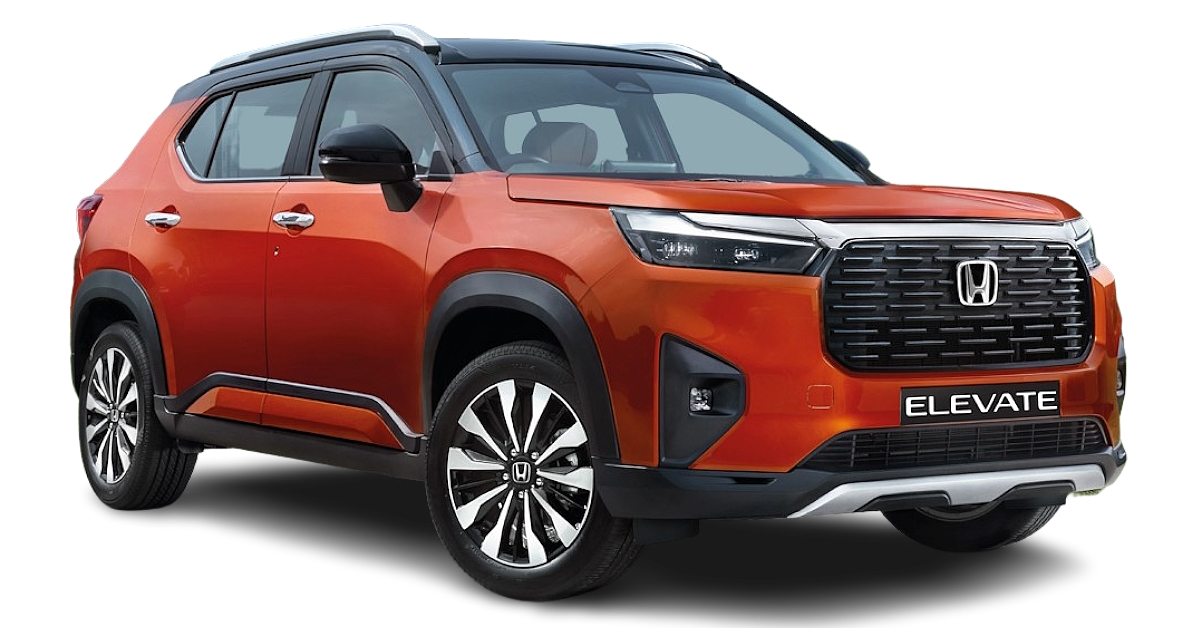Volkswagen Virtus Number 1, Honda City Slips to 4th Place Over The Last 6 Months


The once dominant Honda City has now been pushed to 4th place in the Indian C-Segment sedan market, with the Volkswagen Virtus solidifying its lead. Volkswagen sold 9,788 units of the Virtus sedan over the past 6 months while Honda could manage only about half this number, with City sales standing at 5,607 units.

The Hyundai Verna and Skoda Slavia clocked 8,188 units and 7,327 units respectively. Considering the fact that the Slavia is essentially a badge-engineered version of the Virtus, the Volkswagen group now has total dominance on India’s full-size C-Segment sedan space with over 17,000 units sold over the past 6 months.
To put things into perspective, that’s nearly 50 % of all full size C-Segment sedans sold in India. In effect, the Volkswagen group is now the Maruti Suzuki of the sedan segment. Such has been the dominance in a category that’s up against the might of compact SUVs.

For many, a car still means a sedan. In fact, give a child a drawing book and ask her/him to draw a car, and chances are that a three box car (sedan) would be what is drawn. The classic sedan shape appeals to a lot of people, and the Volkswagen group – with both the Virtus and Skoda Slavia – have gotten the classic sedan design sorted. Both cars look long, sleek and have a kind of street presence not seen before in the relatively affordable sedan category.
In terms of sheer size, the Virtus and Slavia look and feel like D-Segment sedans. On the other hand, the Honda City is now looking dated while the Hyundai Verna’s polarizing design creates a ‘you either love it, or hate it’ element. Not great for sales, and this is perhaps the single biggest reason why the Verna’s lagging behind the Virtus and Slavia despite being the most futuristic car in the segment.

Post COVID and Global NCAP crash test ratings, safety awareness among Indian car buyers has increased exponentially. Safety is now a top consideration among car buyers in many segments, and the sturdy builds of the Volkswagen Virtus and Skoda Slavia really help matters here.

There’s a kind of heft that these European car offer – unmatched by both the Hyundai Verna and Honda City – both of which feel decidedly ‘lighter’. With most car buyers leaning on heavy equals safe, both the Virtus and Slavia score brownie points here. It also helps that both cars have 5 star crash test ratings from Global NCAP, along with stable body structures.
The Volkswagen group offers the Virtus and Skoda Slavia with powerful turbo petrol engines – a 1 liter-3 cylinder TSI unit with 110 Bhp-178 Nm on lower trims, and a 1.5 liter-4 cylinder TSI unit with 148 Bhp-250 Nm on higher trims. Both engines are rev happy and will put a smile on nearly everyone’s face. 6 speed manual gearboxes are standard on both engines, with the smaller engine getting a 6 speed torque converter automatic option while the larger engine gets a 7 speed twin clutch DSG automatic.
For people who love driving, and want a powerful yet relatively affordable sedan that handles well, there’s no alternative to the likes of the Volkswagen Virtus and Skoda Slavia. The Honda City is now orientated towards fuel efficiency and comfort while the Hyundai Verna is neither here not there. The Verna offers great straight line performance through its powerful turbo petrol motor, and the only diesel engine in the segment, but is still a few notches down when it comes to handling. It’s just not as involving to drive as the Virtus and Slavia. So, enthusiasts have no option but the Volkswagen group cars.
You guessed it! Ground clearance. With nearly 180 mm of ground clearance, the Volkswagen Virtus and Skoda Slavia are by far the highest riding cars in their segments. Scraping is a non-issue across most speed breakers except the largest, most ill-designed ones. This is another factor that’s pushing buyers towards the Virtus and Slavia as they get to have the best of both worlds – the classic length, ride and shape of a sedan, along with the ground clearance of a compact SUV.

The 5th generation City does everything Honda is famous for. It’s very refined, utterly reliable, comfortable, fuel efficient and fuss free. But it no longer has that ‘status-symbol’ appeal that it once used to command. In the early 2000s, owning a Honda City was a status symbol. Logically, the new status symbol from Honda should’ve been the Civic or perhaps even the Accord. Sadly, that’s not to be as Honda has stopped operating in higher segments of the Indian car market.

The Honda City does suffer from the typical issue that nearly every sedan in India struggles with: ground clearance. So, it’s only logical for those who want a Honda to gravitate towards the Elevate. It doesn’t help the City’s case that the Elevate’s starting price is very similar as well. The Elevate gets over 200 mm of ground clearance, shares engines and gearboxes with the City, and looks bigger thanks to its taller stance and muscular looks. Clearly, buyers walking into Honda dealerships are driving off in the Elevate rather than the City.

Well, at 4,141 units sold over the past 6 months, the Maruti Suzuki Ciaz finishes last but this is actually a respectable number considering the fact that the Ciaz is 1. Much cheaper than competition and is almost a generation older. and 2. It just doesn’t offer the kind of performance and technological advancement that the other cars do.
Essentially, the Ciaz feels a generation behind competition, and despite this, clocking over 4,000 units is not really a bad performance so to speak. Maruti Suzuki has not indicated that the Ciaz would be replaced by an all-new model anytime soon, and we wouldn’t be surprised if the sedan is culled as the Indian market has shifted overwhelmingly towards SUVs.